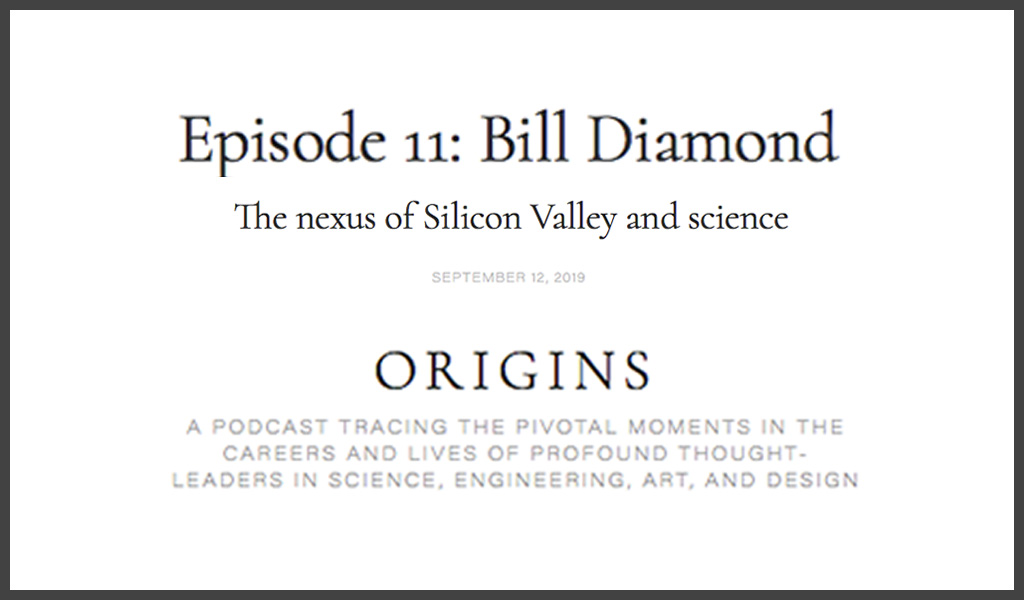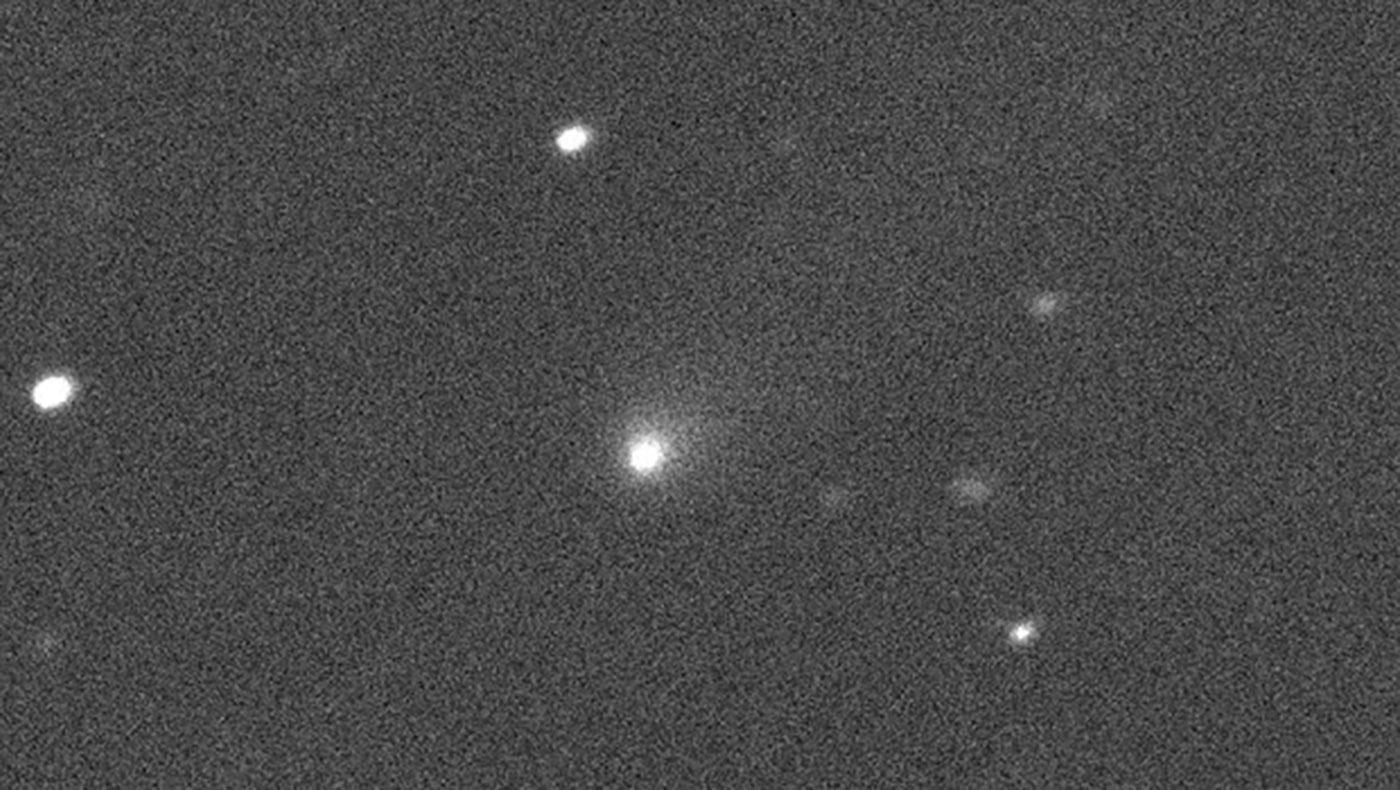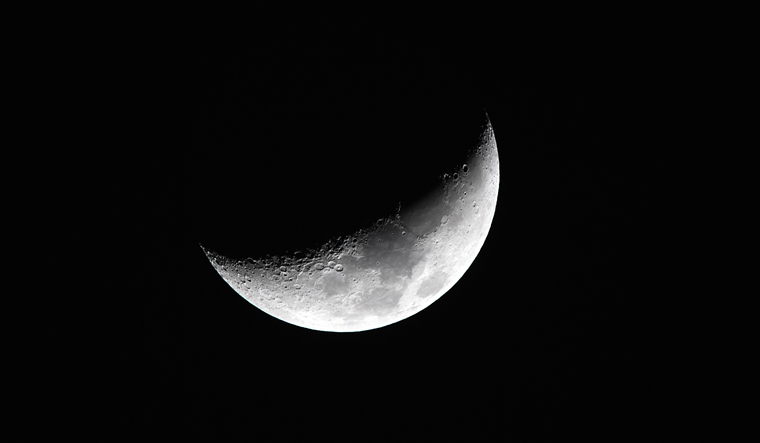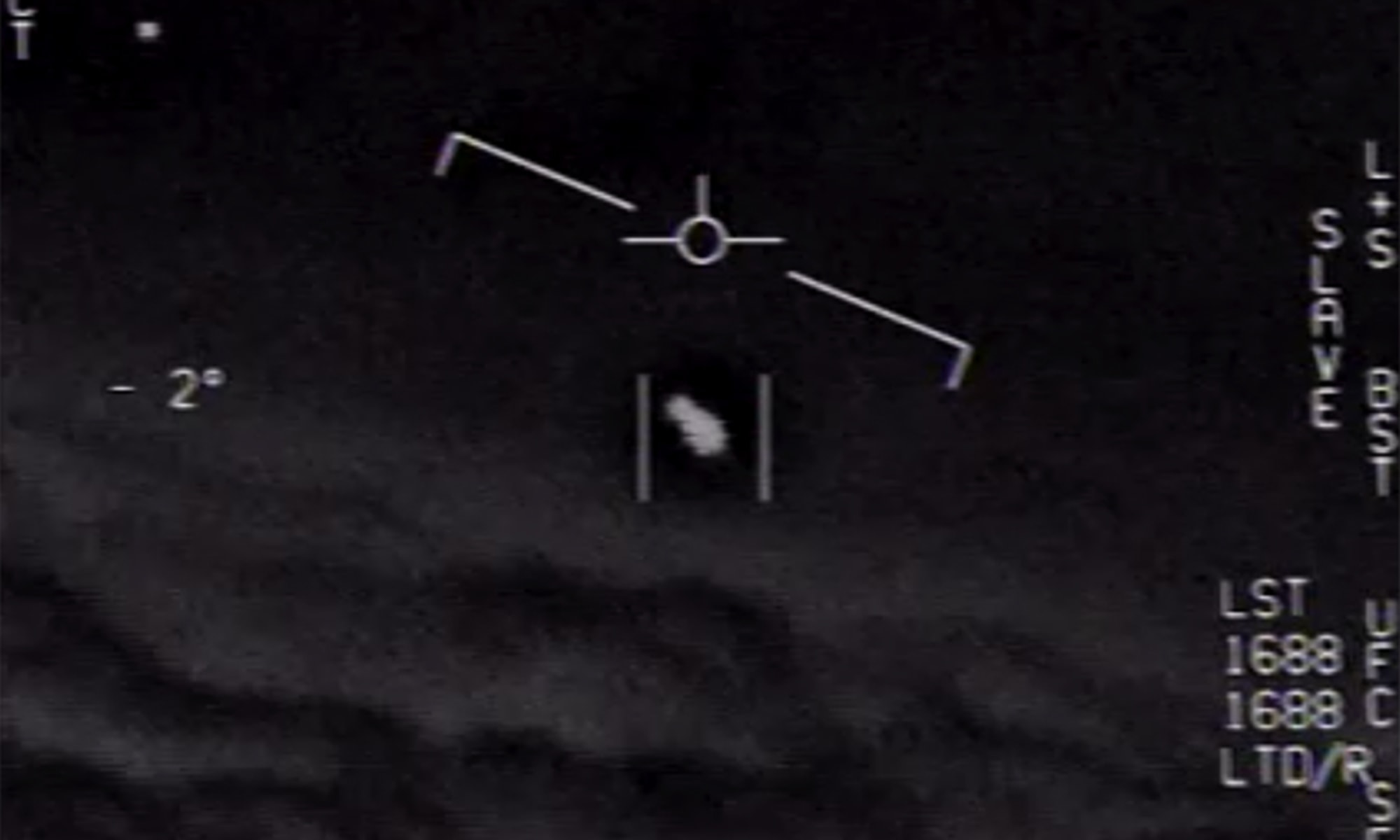
The search for life on Mars begins on Earth, in the world’s most remote and inhospitable places. Deep in the dry and barren Atacama Desert in Chile, one of the most Mars-like environments on Earth, researchers from NASA and the SETI Institute are experimenting with an autonomous drill designed to search for life on the red planet. According to a recent NASA press release, the drill is attached to a rover with a host of instruments and is being tested as part of the Atacama Rover Astrobiology Drilling Studies, or ARADS, project. Thomas Stucky, a SETI Institute software engineer and vice-chair of the SETI Institute Astrobiology group, is quoted in the press release:
"What's unique about this drill is that it can take you from dirt to data, all on its own," said Thomas Stucky, the sample-handling software lead for ARADS. "All the scientists have to do is point the rover to where it needs to dig, tell the drill how deep to go, and the drill will figure out the rest."
The rover and drill are undergoing vigorous testing to demonstrate its endurance and efficacy in the punishing landscape of the Atacama. Fully developing autonomous tools like this drill is a critical step in determining life-detection techniques for missions to Mars in 2020 and beyond.
- NASA: NASA is Testing a Drill to Search for Life on Mars – On Its Own
- SETI.org: Searching for Life on Earth to Find Life on Mars
 Groundbreaking Orus Occultation Observation By Unistellar’s eVscope
Groundbreaking Orus Occultation Observation By Unistellar’s eVscopeThe startup Unistellar announced their eVscope was recently successful in observing the occultation of Orus, an asteroid sharing the same orbit as Jupiter, answering a call by NASA to the astronomical community to observe the asteroid ahead of the 2027 Lucy space mission to fly by Jupiter’s Trojans. The eVscope uses advanced light-accumulation technology to bring astronomical objects into a detailed and colorful view, an unparalleled feat for a small consumer telescope. Franck Marchis described the breakthrough in a SETI Institute press release posted to Phys.org:
"This is the first time an Orus occultation has been observed," said Dr. Franck Marchis, a senior astronomer at the SETI Institute and Unistellar's Chief Scientific Officer. "We were in the right spot, and everything worked perfectly... In the future, it will be as simple as pushing a button on the Unistellar eVscope's app for users to participate in these campaigns."
Users will be able to pinpoint a target to observe, collect data, and share it with others through a partnership with the SETI Institute that will take citizen science to a new level, according to SETI Institute CEO Bill Diamond:
"This achievement of the Unistellar telescope is a powerful demonstration of how transformative this instrument is for amateur astronomy and citizen science." Said Bill Diamond, President and CEO of the SETI Institute. "For the first time in history, an affordable and portable telescope can make real contributions to serious science! We're delighted to be the science partner for what is truly a game-changer for astronomy and for science education."
- Phys.org: Asteroid Orus occultation observed for the first time ever by eVscope
- SETI.org: Asteroid Orus Occultation Observed for the First Time Ever by eVscope
 Bill Diamond on Origins
Bill Diamond on OriginsSETI Institute President and CEO Bill Diamond appeared in Origins, a podcast “tracing the pivotal moments in the careers and lives of profound thought-leaders in science, engineering, art, and design.” Host Ryan McGranaghan, a former Frontier Development Lab participant and mentor, asked Diamond about his career in tech, from lasers to semiconductors.
- Origins: Episode 11: Bill Diamond - The nexus of Silicon Valley and science
 Speculations on the Nature of 2I/Borisov
Speculations on the Nature of 2I/BorisovA second interstellar object has been detected, to the delight of the astronomical community, and dubbed 2I/Borisov. Like 'Oumuamua, the interstellar object that passed through our solar system in 2017, Borisov has a hyperbolic trajectory. Its path shows it is not bound by the gravity of the Sun but has traveled to our system through interstellar space. Borisov is most likely a comet, but just as with 'Oumuamua, speculation abounds. The Sun went so far as to declare in a recent headline, “INCOMING Mystery object approaching us from interstellar space could be ALIEN spacecraft, top scientist admits." While the object may be artificial, Borisov is most likely a comet according to what SETI Institute Senior Astronomer Seth Shostak told the Sun:
"We can't rule out that this is an interstellar probe," Dr. Shostak, a senior astronomer at the SETI Institute in California, told The Sun.
"If we get a closeup look, we may well see it has a metal exterior with portholes and little green faces looking out at us
"However, I would bet next month's paycheque this is a comet."
Further observations are ongoing, and new imaging appears to show a trail of dust, a typical trait of a comet.
- The Sun: INCOMING Mystery object approaching us from interstellar space could be ALIEN spacecraft, top scientist admits
- SETI.org: Coming in from Deep Space
 Back to the Moon
Back to the MoonIt may feel retro to talk about visiting the moon, but Seth Shostak thinks it’s an important stepping stone in the search for life in the cosmos. Shostak is the Senior Astronomer at the SETI Institute and suggests the moon could be essential to further space exploration. Shostak also wondered whether biology is limited to Earth or is something that developed on many worlds. In Shostak’s words:
The moon is the best orbiting platform ever... On the moon, we could build massive telescopes to search out habitable planets around other stars without the compromising constraints of Earth’s oppressive gravity or turbulent atmosphere.
Another lunar attraction is that the far side is shielded from all the TV, radio and radar signals belched out from transmitters on Earth. Large antennas, aka radio telescopes, could be constructed there to listen for signals coming from other technologically adept societies.
The moon itself may be devoid of life, but it could hold the key to discovering a great deal about our cosmos.
 Navy Confirms UAP Sightings
Navy Confirms UAP SightingsThe U.S. Navy recently confirmed the authenticity of videos first released in 2017 and 2018 by the New York Times and the Stars Academy of Arts and Sciences, a group pursuing UFO research. While spokespersons for the Navy didn’t conclude what the "unidentified aerial phenomena" seen in the footage are, they verified that the videos were copies of official Navy footage. Possible explanations have included drones or experimental military technology, and some have even suggested extraterrestrial incursion. SETI Institute Senior Astronomer Seth Shostak thinks the public shouldn’t get too excited by the Navy’s authentication of the footage, according to NBC News:
"The videos weren't really being questioned. What IS being asked is 'what the heck are these things?'" Shostak, a regular contributor to NBC News MACH, said in an email. "Now I think if the answer were easy, that would be known by now. But when I look at these things I see no reason to consider them good evidence for 'alien visitation,' which is what the public likes to think they are."
Given the vast distances between star systems and the lack of credible physical evidence of alien visitors, it seems they are unlikely to be the culprit.
- NBC News: Navy confirms videos did capture UFO sightings, but it calls them by another name
- SETI.org: Newsworthy Extraterrestrials
In last week’s episode, explore the good and bad ways technology is increasingly encroaching into our lives in an encore of Keeping Humans in the Loop. In our previous week’s episode, discover the multitude of life living on us, in us, and in every possible ecological niche in an encore of Rip Van Winkle Worm.
Last time on Facebook Live, Michael Busch and Seth Shostak discuss the latest visitor from interstellar space, the comet Borisov. Videos of all past Facebook Live events can be viewed on our Facebook page: https://www.facebook.com/SETIInstitute/





